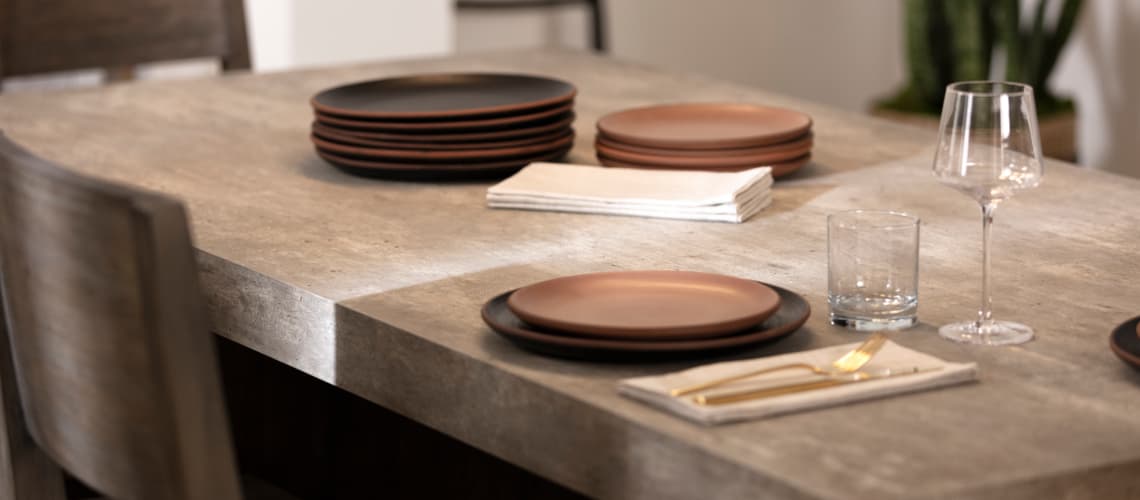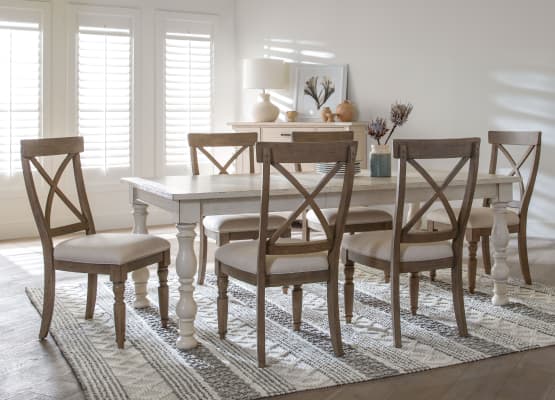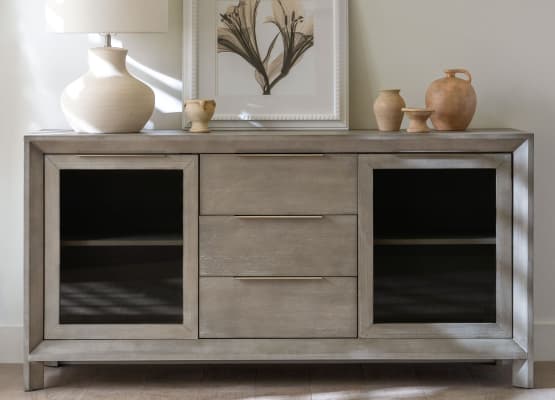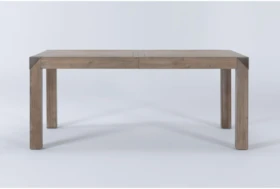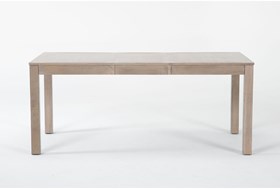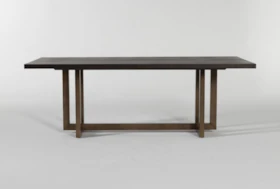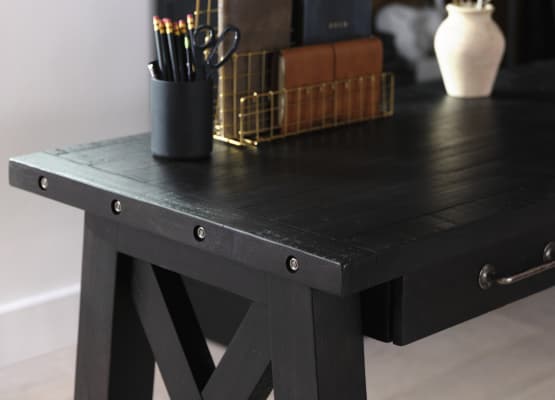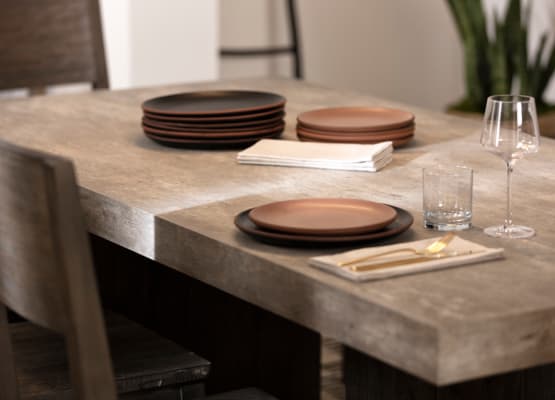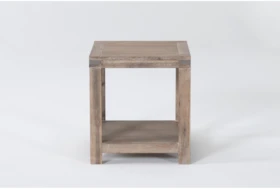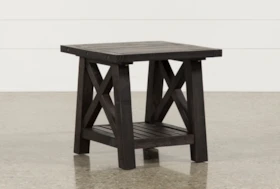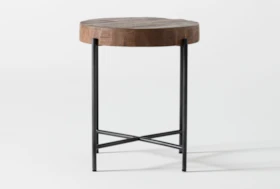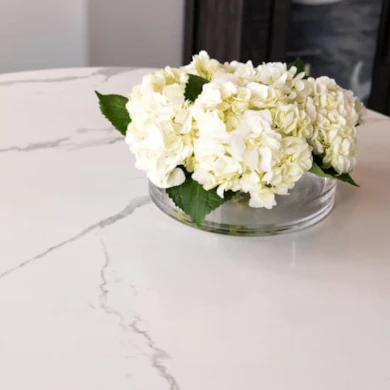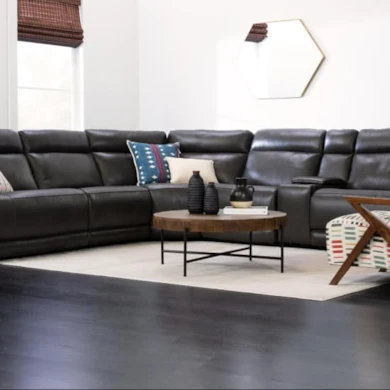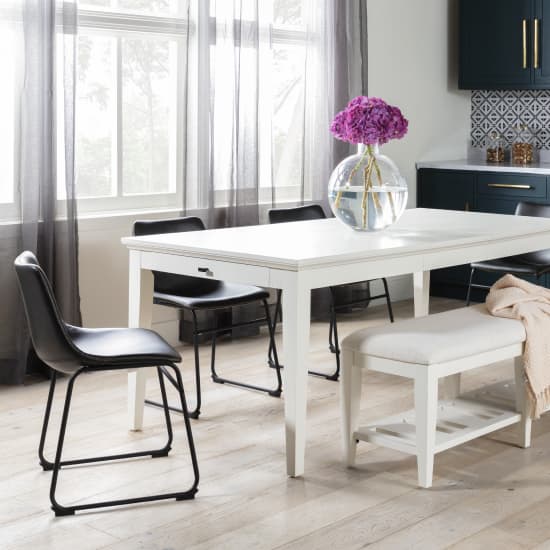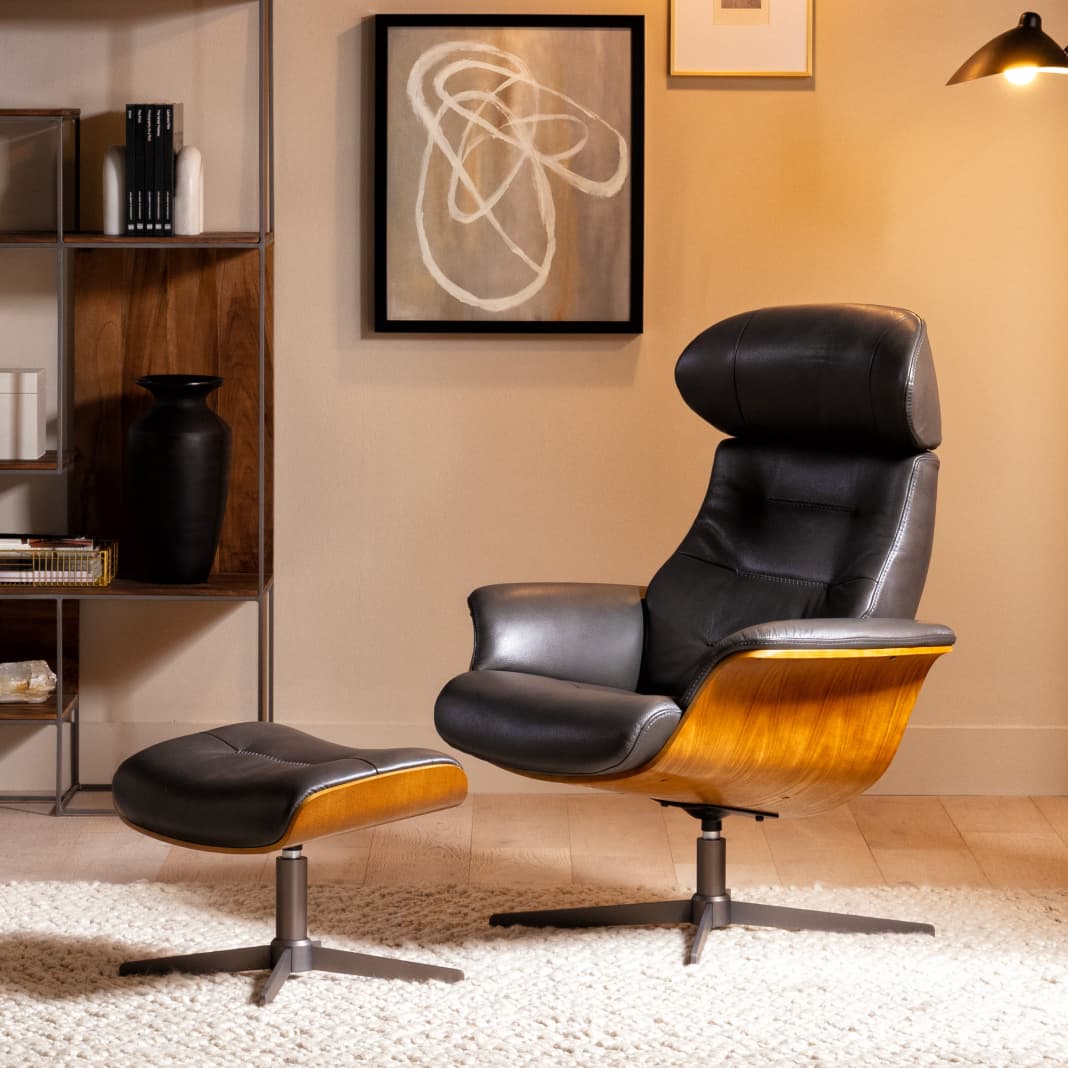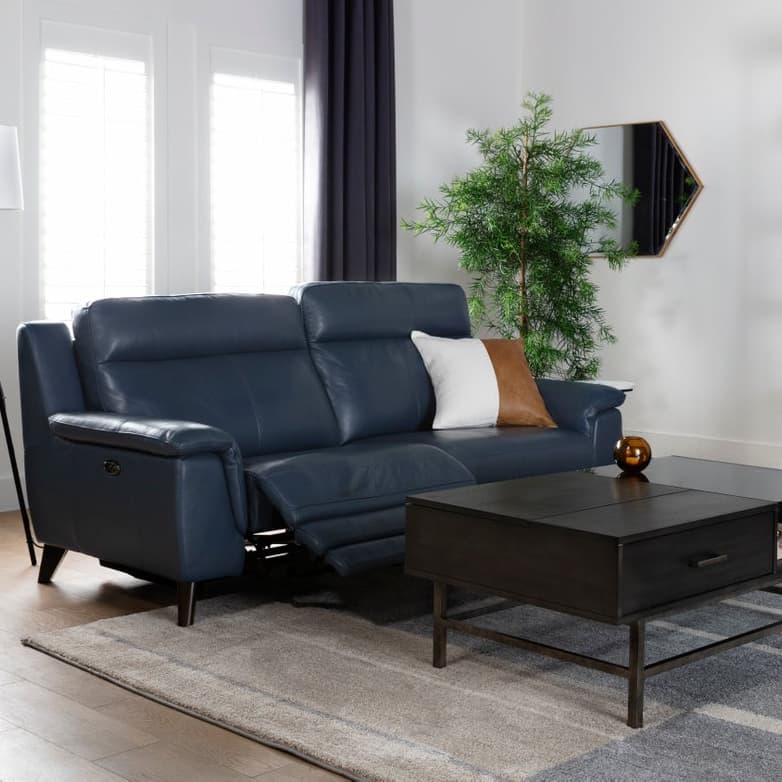How to Remove Water Stains From Wood – and Keep It Looking Beautiful
If you want your wooden furniture to stay gorgeous, then you have to take care to keep it cleaned and in good condition. While most pieces are finished with a protective coating that helps to reduce damage and discoloration, accidents do happen and finishes can be marred. Thankfully, if your favorite wooden furnishings have acquired a visible stain, there is something you can do about it; here, we take you through how to address the problem and restore your wooden surfaces to their former glory.
White Water Stains and Rings
One of the most common types of stains that appear on wood surfaces is the dreaded water ring or white spot, the usual culprit being a neglected spill or condensation from a drinking glass that collects on the surface. (These white stains form on pieces that use non-water-resistant shellac and lacquer finishes.) Another, similar, type of moisture damage is called blushing and results in a large white haze.
The first thing you should do is try a little furnish polish to see if you can buff out the stain. If this doesn't work, then a bit of denatured alcohol can be applied to a cloth and used to wipe the surface. Be careful, because too much can damage the finish.
If you don't have success with either of these methods, your next step is to use an abrasive product. You can purchase these from any home improvement store. To use the abrasive, you just need to take a small amount of paste and rub it into the surface of the wood, being careful to move in the direction of the wood grain. Deeper or more extensive stains may require a paste of rottenstone and linseed oil, although this can cut into the wood, so use gentle pressure and stop once the white spots disappear. Finish up by cleaning the surface and then wax and polish the whole surface.
Sometimes, removing a stain results in a bare spot. When this happens, you will need to apply a stain and a new topcoat to the area. (You can get a great match by mixing several colors of stain together.) When applying a stain, just remember to blend your application of the finish coat into the surrounding area!
Heat Stains
A stain caused by heat can appear in wood as a white mark or a darker brown or black burn mark. White stains should be treated as discussed above, while dark stains require a little extra effort.
Mix a small amount of baking soda and toothpaste together. Rub into the wood in the direction of the grain and leave on for several minutes before you rub the area clean with a cloth. Another mixture to try is lemon juice combined with fire or cigarette ash. Apply this paste in the same way.
If the heat stain is particularly deep or stubborn, you can dip some fine-grade steel wool in linseed oil or mineral spirits and use this to buff out the stain, being careful to match your movements to the direction of the wood grain. Alternate treatments and repeat until the stain is gone.
When a stain has penetrated through the finish and into the wood, you will likely need to refinish the piece by removing the finish, bleaching the wood, and then refinishing the entire piece.
— More Great Articles —
Polished and Sophisticated Wood Furniture
Read the Latest
Editorial Disclaimer: Articles featuring tips and advice are intended for educational purposes and only as general recommendations. Always practice personal discretion when using and caring for furniture, decor and related items.
